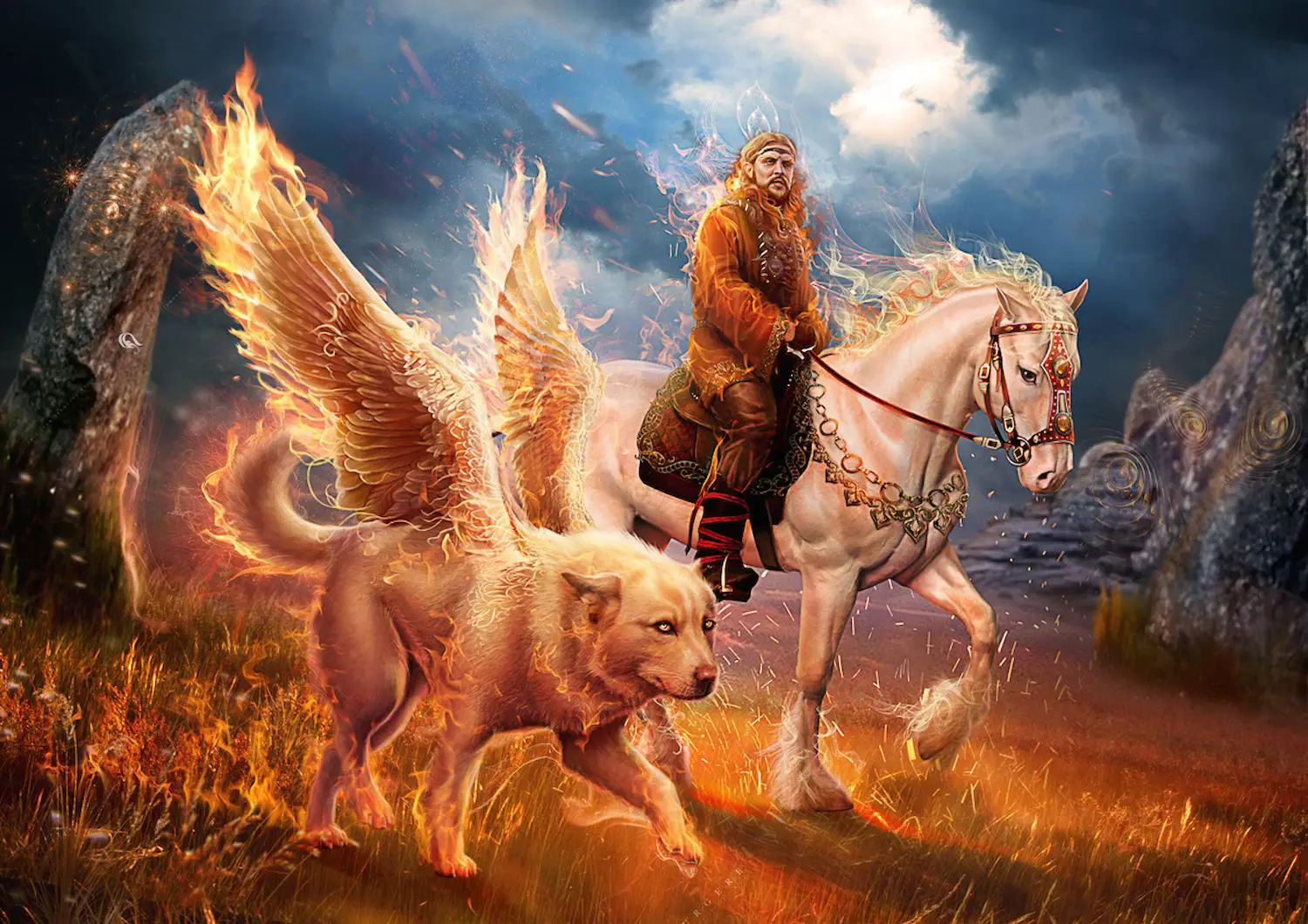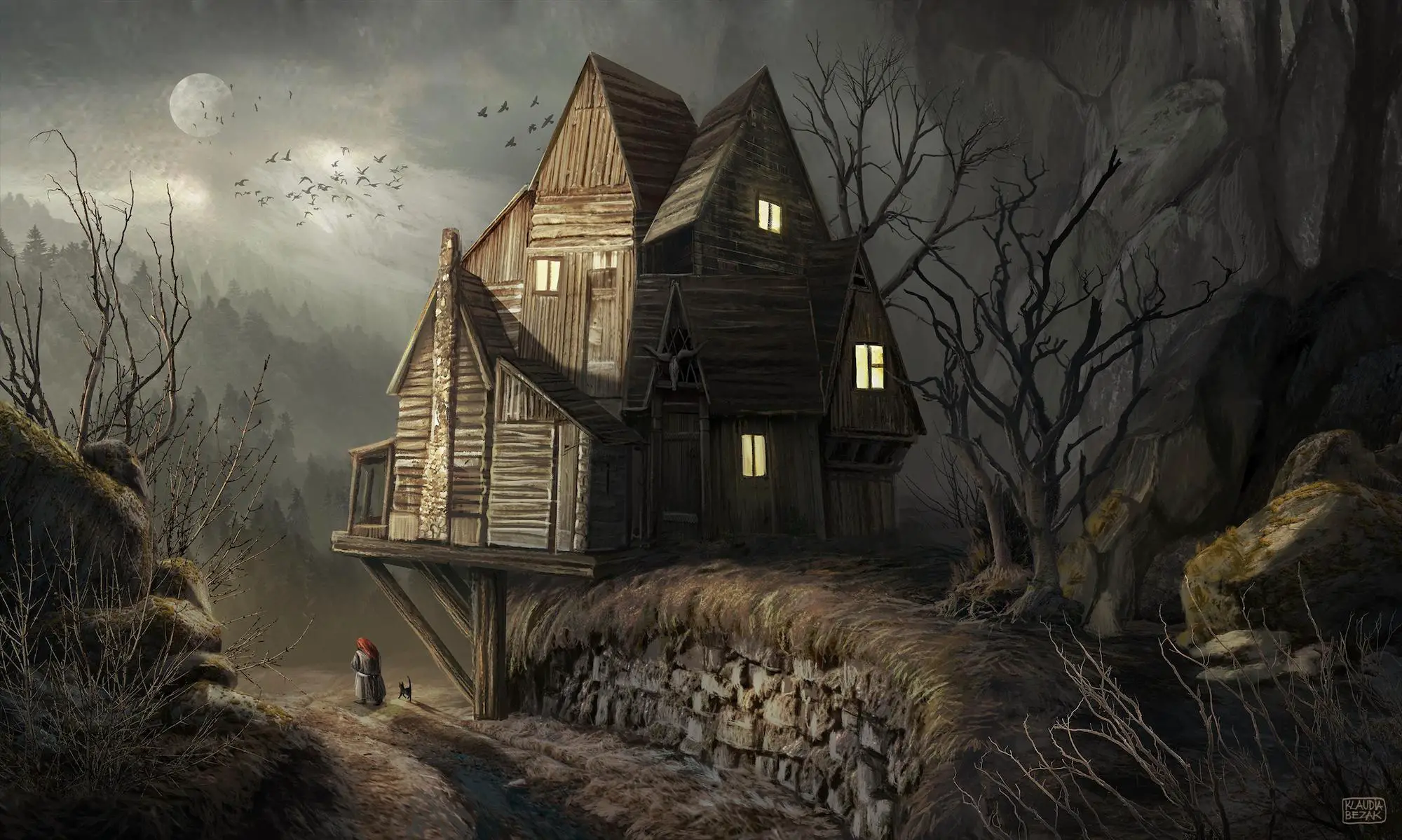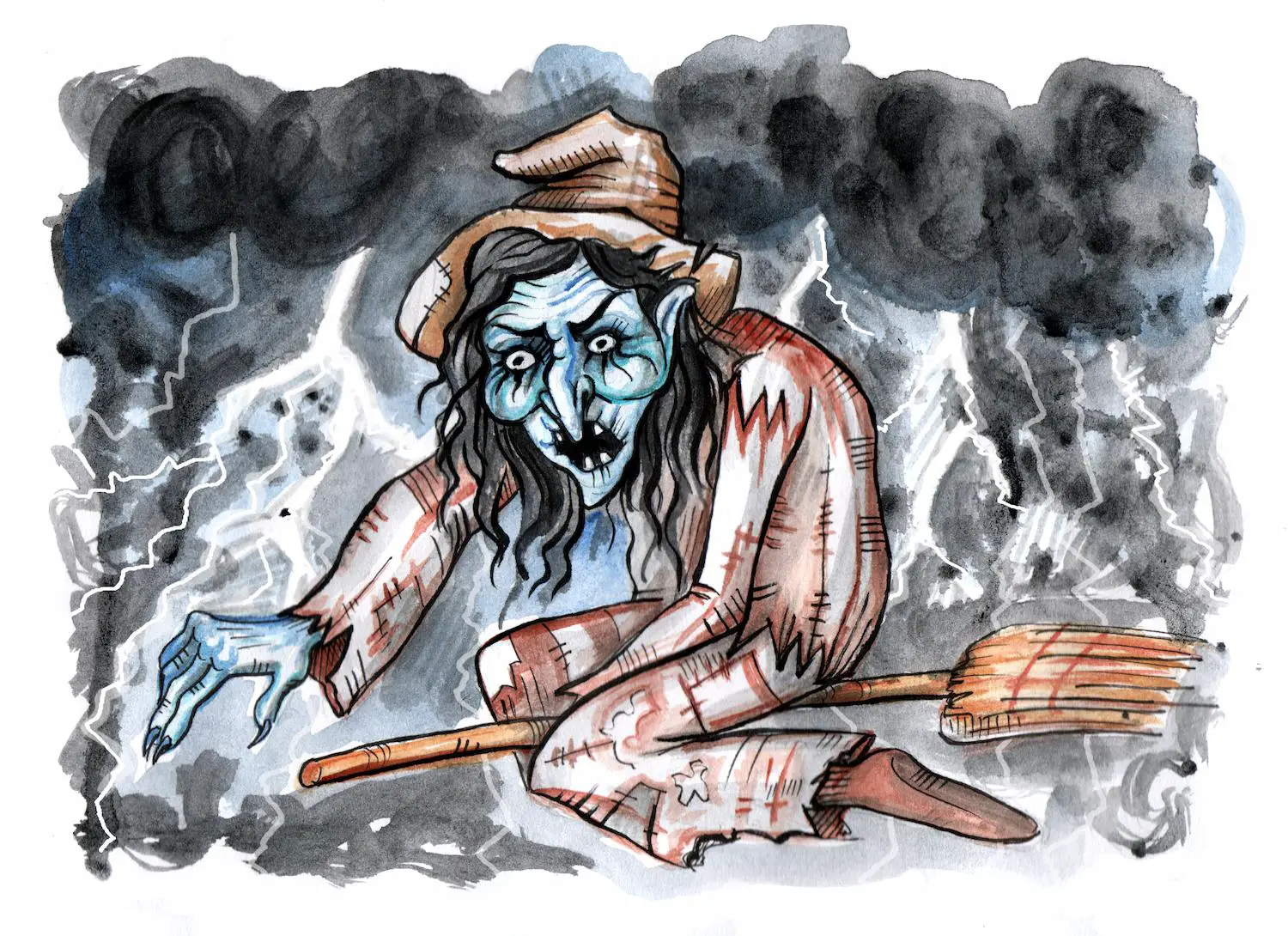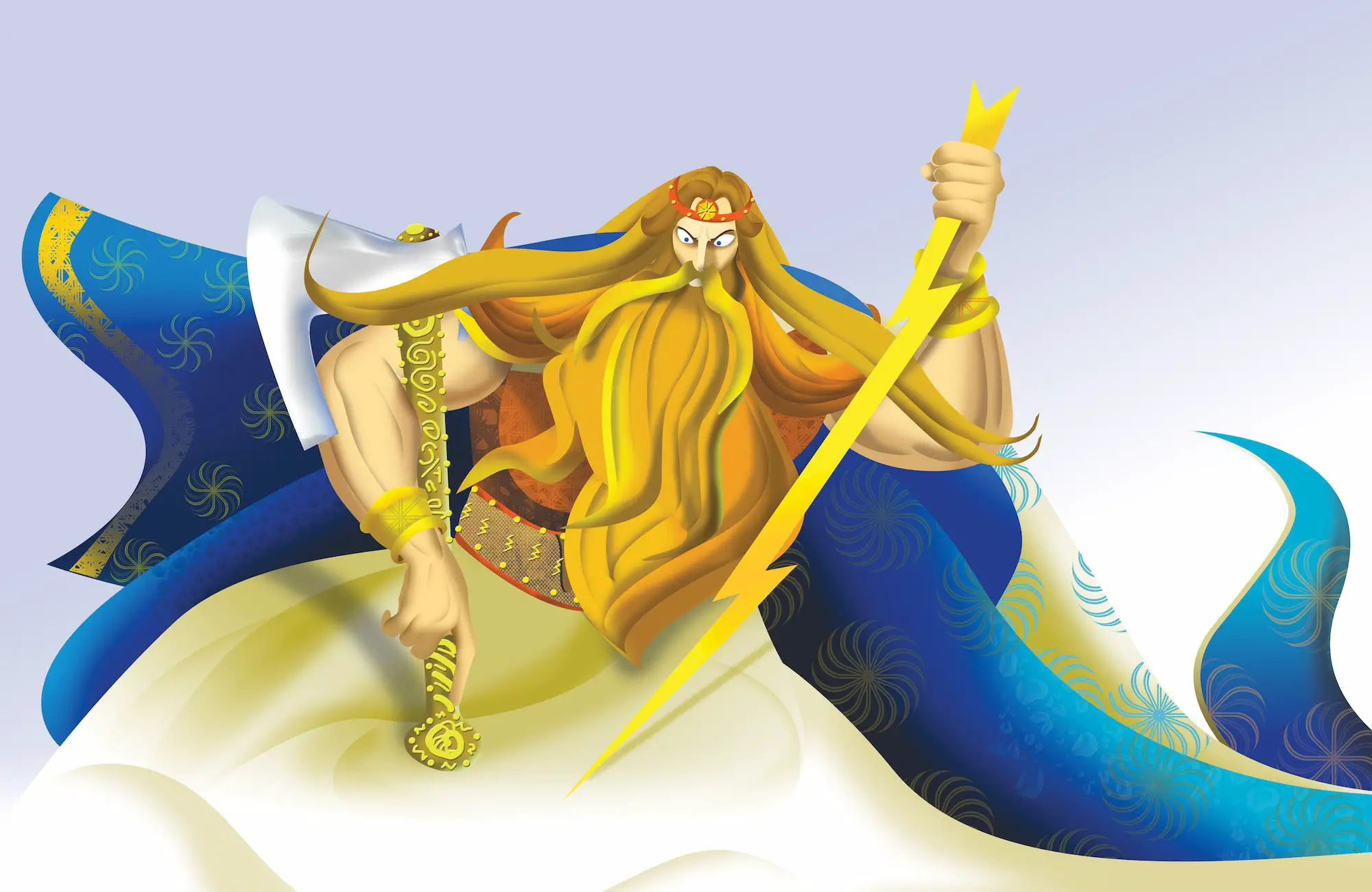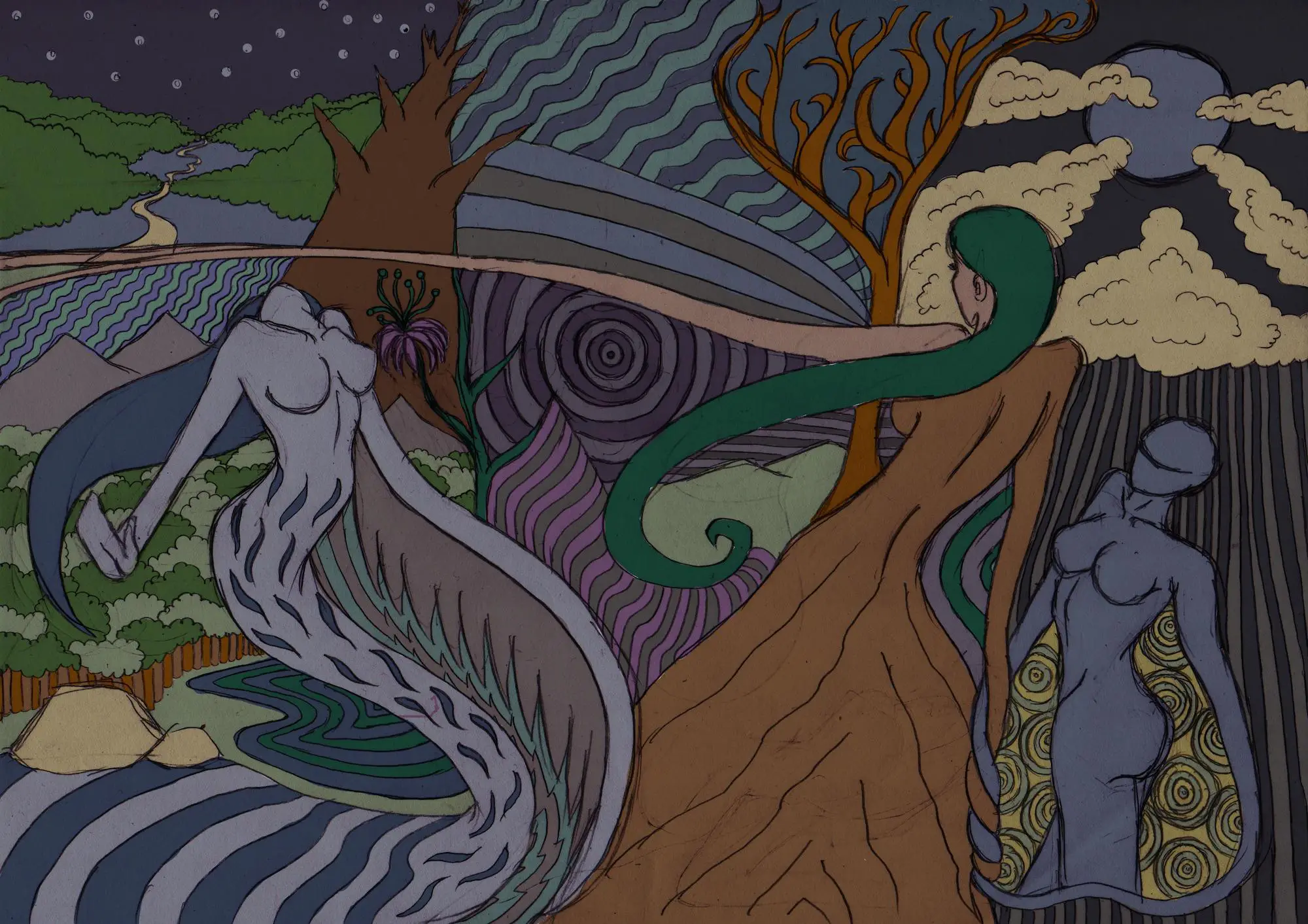Bereginya is a goddess that is quite dominant in Slavic mythology. This goddess is able to shapeshift and turn into other Slavic goddesses or even acquire a human form and turn into a woman.
Ethnographic records describe Bereginya as associated with the cult of water, trees and vegetation, sometimes described as a protector of nature life.
It was believed that Bereginya is an embodiment of the entire aura of nature and its powerful force. The ancient Slavs honored the character of Bereginya and made dolls that would represent this deity.
They also had a special holiday that celebrated this goddess.
If you are interested in learning more about the religion of the Slavs, mythology and legends, be sure to check out this article about the Slavic Native Faith.
Table of Contents
Who is Bereginya?
According to the folklorists of Slavic mythology, the cult of Bereginya was represented through an abstract image of an ancient female power that was associated with collective unity.
The legend of Bereginya showed her as someone who helped people who are honest and who lived by the principles of truth and honor [1].
Some people considered Bereginya a patron spirit while others would stick to this personification of community power and alliance with nature.
Other Names of Bereginya
Depending on the version of the tale (or the legend), Bereginya also appeared under the name of Lada, Leyla, Dana and Zhiva. Her character was imagined through many forms and aspects.
The incarnation of Bereginya was envisioned as an individual female with extraordinary qualities or a natural spirit with an undefined form and appearance.
Etymology
Reportedly, the word “bereginya” comes from the word “pregynya” which means a forest hill, and the other meaning related to this word, i.e. “protection, to protect”.
The name that was given to this deity is associated with a patroness of nature or someone who would protect people from evil.
In general, Slavic ancestors believed that Bereginya was the one that would take care of them. Rich harvest and prosperity were also related to this goddess.
The Emergence of Bereginya
Archetype of Maternity
According to one of the legends in Slavic Mythology, the Beregini (plural) are represented as women with strong maternal characteristics – the general maternal power on Earth that helps the supreme god in creating life.
The ancient Slavs believed that this power was related to several significant elements such as family prosperity and harmony. The fire element would protect the households and ward off enemies or evil spirits and forces of witchcraft.
The maternal power through this deity also stood for fertility and new life.
Mermaid Figure
Other tales represent her as what is familiar to the general mythological concept of mermaids- a beautiful woman with long, loose hair who emerges from the water dressed in silky white robes and captures men with her charms.
In Russian mythology, apart from the Beregini these also appear as Rusalki and it was believed that these women were young girls who died of premature death.
The mermaids were also regarded as protectors of the harvest.
Witches and Sorceresses
The Beregini were also represented as mighty sorceresses who practiced their magic in the underworld.
It was believed that they are a part of nature, part of humanity and family. They were even called the Goddesses of Navi (Nav is the name of the underworld and the underground variant of the Vyraj – heaven or paradise).
The Theme of Rusalija, Rosalia, Rusalka
The character of the Beregini, as mythological nymphs, is closely related to the mythological entity known as “rusalka” or “rusalija” in Slavic languages.
This is a Byzantine Greek heritage of “rousalia” from the Latin “Rosalia” which is the name of the Pentecost – a day that commemorates the descent of the Holy Spirit upon the Apostles and the other followers of Jesus Christ [2].
In Eastern Christianity, the Pentecost refers to the period of fifty days of Easter.
In the pagan Slavic tradition, the Rusalia or Rusalia Week (also known as the Green Week), was an ancient Slavic fertility festival celebrated in early June and closely related to the cult of the dead ancestors and the agricultural rites in spring.
How is all this related you may wonder?
The answer lies in the observance of the Rosalia in the Roman Empire when Rosalia was celebrated (May-mid-June) as a festival of the roses as a commemoration of the dead.
During the festival, people would place flowers at burial sites to honor “mos maiorum” or “the way of the ancestors” [3].
The Rusalia theme exists among some Russian and Eastern Slavic communities (even today), although the Beregini are also interpreted as spirits of the trees, lakes, rivers, fields, hills, forests and meadows.
Patroness of the Home
It is also interesting to mention that the Beregini had the status of mighty and protective women who would protect and guard their home with their strength. They were considered the bearers of the clan, of their husbands and children.
How Slavs Portrayed Goddess Bereginya
In Slavic mythology (and in Russian and Ukraine fairy tales), she was represented as a young woman in white attire, with long blonde hair and blue eyes.
Other versions (most common in Ukraine) showed her as a beautiful girl with green eyes or green hair that provided fertility and protection to the Slavs and their clans.
These supernatural women were also depicted with raised hands that signified patronage and shelter from the misfortunes of the world. Their legs looked like roots which symbolized stability and strength from Rod, i.e. the kinship, the clan, the family.
Visual and Literary Representations
Her symbol was the rhombus with dots. Many handmade dolls were made to look like this deity.
Visually and literally, the Beregini were depicted as peaceful creatures, wearing tranquility on their faces.
In their hands, they always carried either a flower (or a wreath of herbs and flowers that should look like spring) or a noble bird.
Some legends say that the evil spirits that brought death and illnesses to people were very much afraid of her and thus people pleaded with her to guard their families, homes and villages.
Goddess-Giver of Blessings
This goddess was regarded as a generous giver of blessings who was able to bestow riches and contribute to fruitful and successful harvest as the keeper of households and prosperity.
When men (especially husbands and sons) would go to war, women performed the role of bearers and made different charms, amulets and clothes to ward off evil and bad luck.
Reportedly, the Western Slavs and the Cossacks (originally an independent Tatar group who inhabited the steepest north of the Black Sea near the Dneiper River), had the custom to put on a special shirt into which their wife’s hair was woven.
This custom was centered on the belief that the strength of the wife would help the man win in war.
In addition, young girls would also go to the river to look for the Beregini mermaids and ask for joy and prosperity for their families, or the blessing of fertility and new life.
Other versions of this tale represent the Beregini as natural spirits that could grant wishes. The only thing one had to do in order to receive their help was to live according to the rules of Truth and the so-called universal laws.
Traditions, Customs and Rituals
People would bury their treasure and valuable items in the ground and bless them in the name of the Beregini.
They also made dolls which they kept around the house (for prayer).
The cult of Bereginya has remained even today as a special day of celebration of this deity. It is celebrated in some Slavic religious communities on July 15. In the Christian tradition, this day is known as Petrova Matka, or Mother of God.
On this day, all the work and chores are canceled. In the morning or in the afternoon, people carry towels embroidered with flowers to the fields, in the forest or by the river and they place them on the ground as offerings to the Goddess.
References
- https://xn--80aejvmu5h.xn--80aswg/bereginya/
- https://1lib.eu/book/3501976/48fcca?regionChanged=&redirect=145514200
- https://brewminate.com/ancient-greek-funeral-and-burial-practices/








